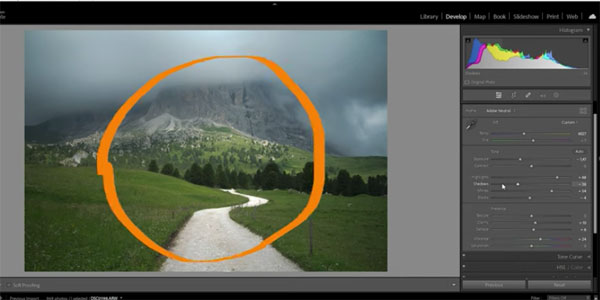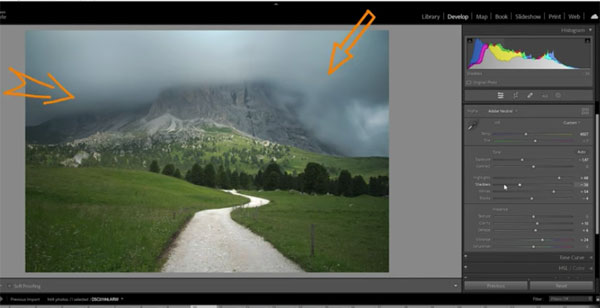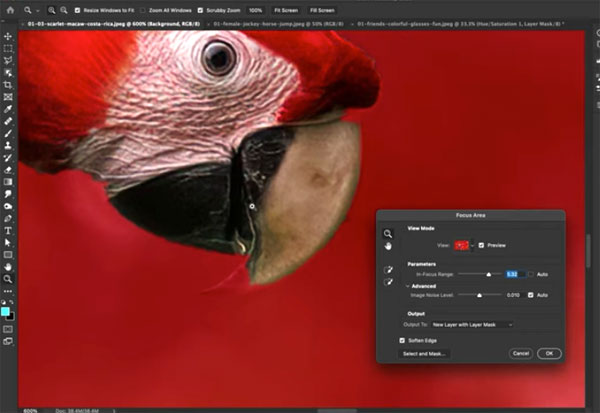Which councils are increasing council tax? What you need to know about the 5% increase
Councils say they have little choice but to increase council tax by the maximum in a bid to protect vital services
As one of our favorite landscape photographers insists, “contrast is a crucial aspect of photo editing.” That’s because this key variable helps define the relationship between different tones and colors in an image.
In this quick episode from The Phlog Photography instructional channel you’ll learn seven simple Lightroom tips for maximizing contrast in landscape and other types of outdoor scenes. As you’ll see, by adjusting contrast you can make bright areas brighter and dark area darker.
Instructor Christian Mohrle explains that making these straightforward enhancements “can help bring out the details in an image and make it look more dynamic and engaging.” In short, contrast is important because it helps bring life and depth to photographs—making them more visually appealing to the viewer.

In barely eight minutes Mohrle demonstrates the contrast adjustments he makes to his world-class landscape photos. He uses common tools to accomplish this task, which is easy enough to implement for those with limited image-editing expertise.
Changing the profile is typically the first step in Mohrle’s process, and he explains why selecting Adobe Neutral is his preference. That’s because using this option will give you more control over the adjustments that follow.
Mohrle then discusses the importance of paying close attention to Lightroom’s histogram as you make further adjustments. By doing this you’ll have a better idea if you’re doing things right. He also reveals an unfamiliar trick that involves clicking on the histogram and dragging it out until you see what you want.

Other tips in the video include a variety of auto adjustments, local adjustments, and tone adjustments—all of which combine to facilitate a great final result. He also explains a few simple HSL enhancements, as well as how to make selective contrast modifications to specific portions of a scene.
After watching this video head over to Mohrle’s instructional YouTube channel where you’ll find a wide array of landscape photography tips and tricks.
We recently posted another helpful explainer, demonstrating how the “plane of focus” affects the sharpness of your photographs. So be sure to watch that one too.
Understanding the power of selections and how they interact with layers is very important if you want to achieve maximum results when editing images in Photoshop. There are several ways to get the job done, some more precise and complicated than others, as you’ll see in the comprehensive tutorial below.
Tutvid is a very popular instructional channel, posting helpful editing lessons that are a bit longer and more detailed than others we share. But that doesn’t mean they’re too complicated for inexperienced Photoshop users, because they offer tips intended for users of all skill levels.
This episode is 40 minutes in length, so you’ll want to take a few notes for future reference. But the information provided by instructor Nathaniel Dodson is well worth your time. In fact, this video is almost like taking a complete workshop in the convenience and comfort of your home.

Dodson is an expert at all things Adobe, and he says that by following his 10 “incredible” tips and tricks” you’ll learn the secrets to getting better masks and making perfect selections every time.” He also explains the type of images that can greatly benefit from the proper use of this technique.
By watching the video you’ll also discover how to harness the power of Artificial Intelligence (AI) in Photoshop, and how to use channels and blend modes to take selections to the next level. So set aside any concerns that you’re not up to the task, and take advantage of Dodson’s straightforward advice.
There’s an important discussion of the best tools to use for cleaning up edges, and why reducing the density of a mask can reveal missing edges. He also unleashes an unfamiliar tool that’s “very effective for everything from armpits to complex hair.”

Dodson demonstrates his favorite Brush tool, and a method he calls “edge blending with color.” We recommend beginning with Dodson’s easier techniques. Once you master those, you can move on to more complex tasks.
There’s much more to learn about all of Adobe’s tools on Dodson’s popular YouTube channel. So pay a visit when you have time and see what else is available.
We also suggest watching the tutorial we posted recently from another expert on a related topic, explaining how to auto-mask everything in a scene using a new “hidden” Photoshop tool.
